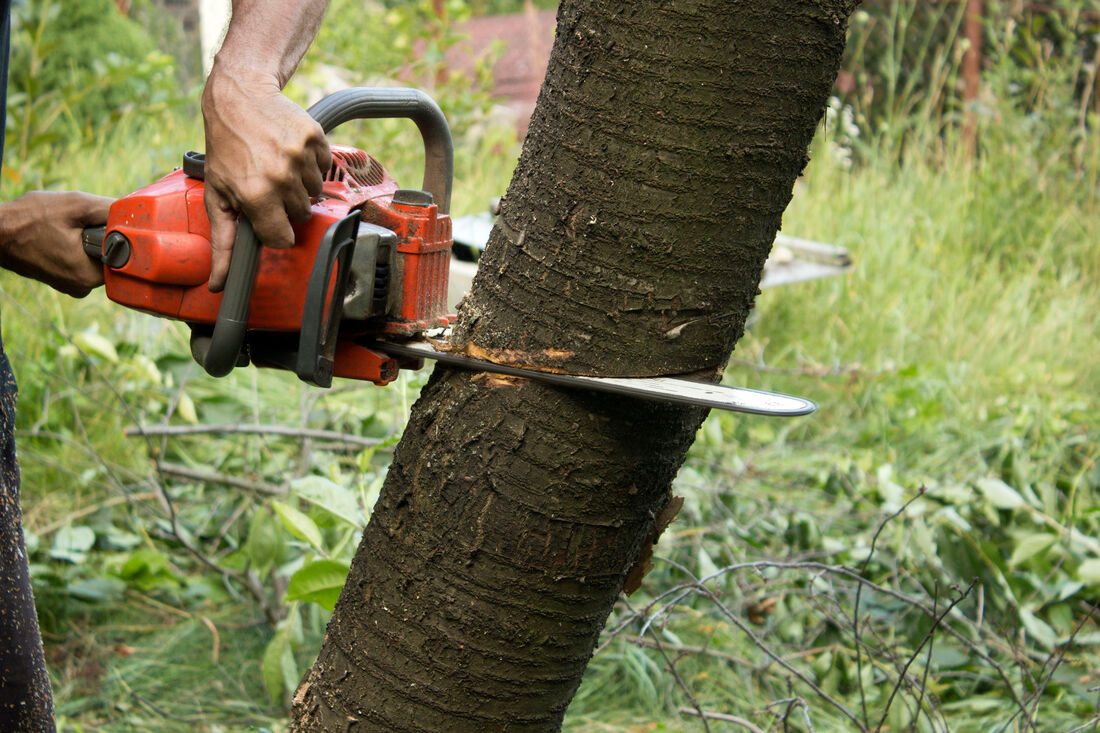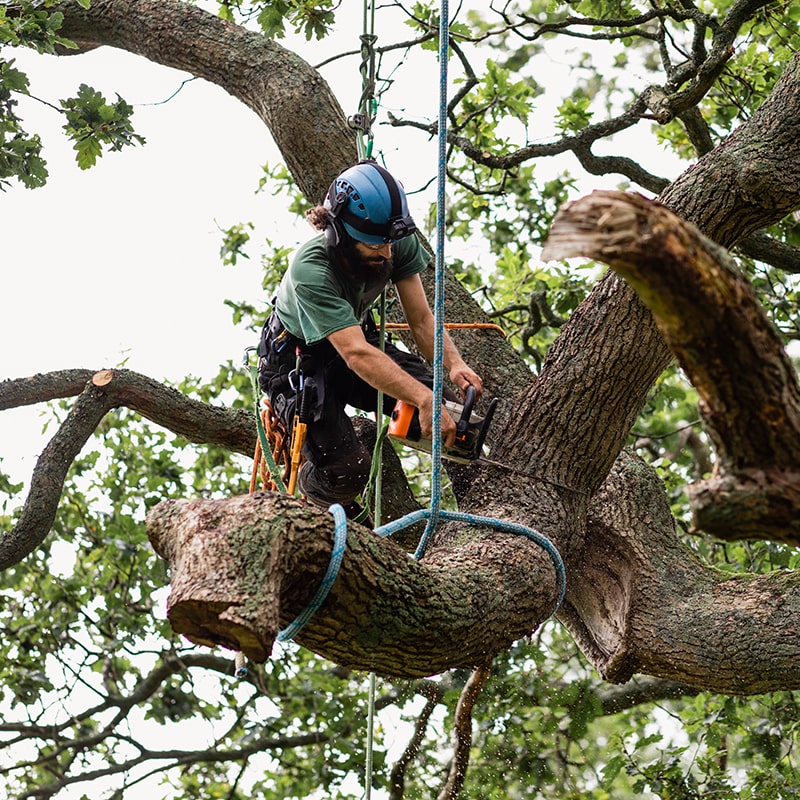All Categories
Featured
The removal of trees can create open rooms that are vulnerable to weed invasion. When trees exist, their thick covers commonly shade the ground, restricting the quantity of sunshine that gets to the soil. After the removal of trees, these open locations obtain enhanced sunshine, supplying suitable conditions for weed growth.

They may advise the usage of compost, which acts as a safety obstacle on the dirt surface, preventing weed seeds from germinating and suppressing weed development.

The visibility of trees cultivates a rich and varied neighborhood of dirt germs. Tree roots offer a resource of natural matter, exudates, and nutrients that support the development and task of helpful dirt microbes. When trees are gotten rid of, the lack of their roots can interrupt the delicate equilibrium of the soil's microbial ecological community.
What Is The Best Wollongong Council Tree Removal Product?
This change in pH can influence vitamins and mineral availability, microbial activity, and overall dirt health and wellness. To address the impacts of tree reducing on soil pH, tree elimination professionals can offer important suggestions. They might recommend soil screening to analyze the present pH degrees and establish the needed changes. Based on the outcomes, professionals can suggest pH adjustment approaches, such as including lime to raise soil pH or including elemental sulfur to lower it.

It refers to the compression of dirt fragments, resulting in minimized pore area and enhanced soil density. This compaction can adversely impact the dirt's ability to work optimally, impacting its water-holding ability, nutrient availability, and root infiltration. Proper techniques used by tree removal experts can aid reduce compaction and maintain the dirt's ability to retain water, and permit ample airflow and mindful tools handling.
Latest Posts
How Do I Find A Stump Removal Wollongong Service?
What Is The Best Tree Removal Wollongong Area Service In My Area?
How Much Does It Cost To Have A Palm Tree Removal Wollongong?